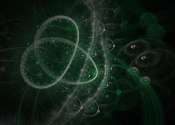Physicists introduce novel mechanism for electron optics in solid-state systems
Electrons can interfere in the same manner as water, acoustical or light waves do. When exploited in solid-state materials, such effects promise novel functionality for electronic devices, in which elements such as interferometers, ...









